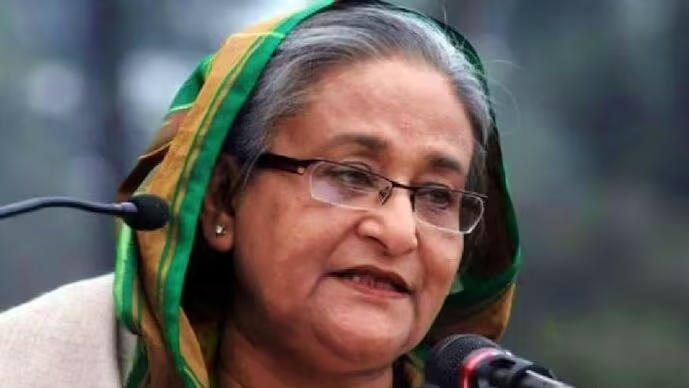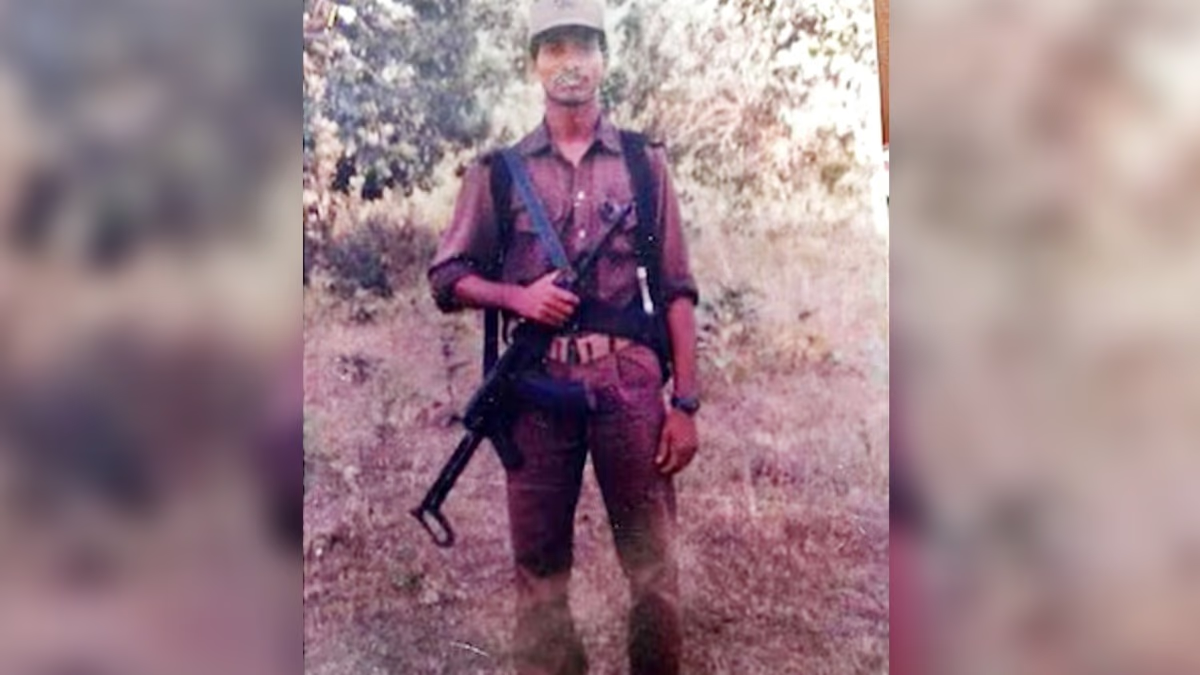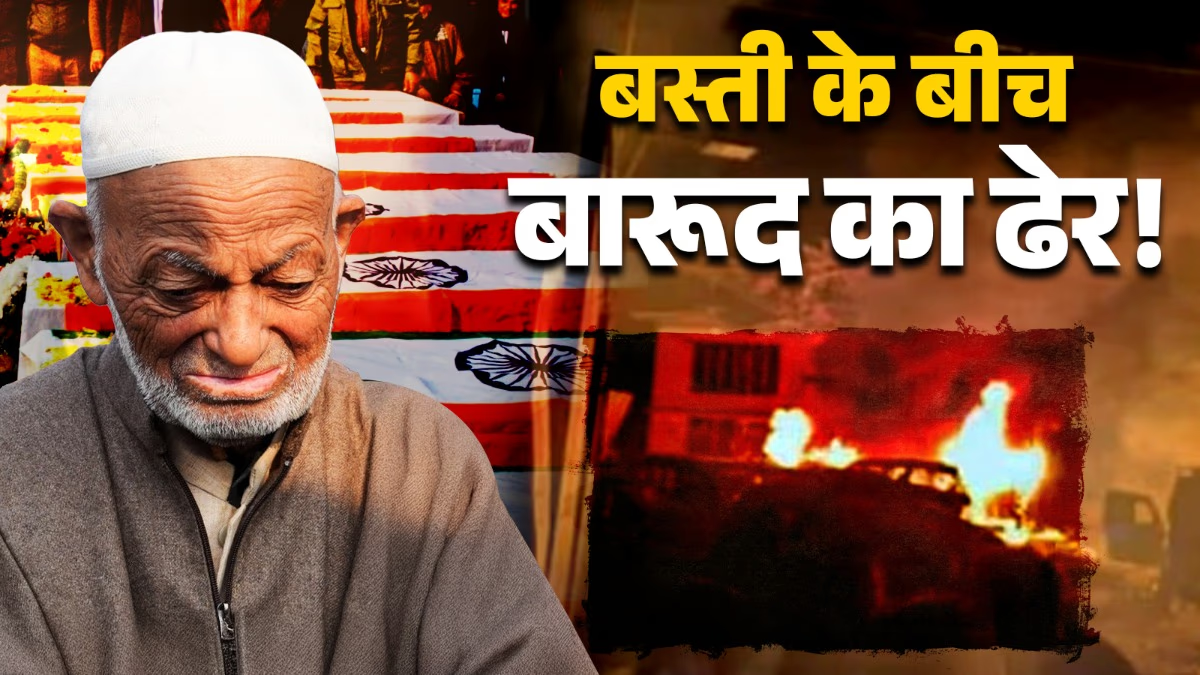The momentum for forming a new cabinet under Nitish Kumar's leadership in Bihar is accelerating rapidly, with the swearing-in ceremony slated for November 20. JDU leaders, in a pivotal meeting with Home Minister Amit Shah and BJP President JP Nadda in Delhi, have reached a substantial agreement on the cabinet’s framework.
This will be a unified NDA government, strategically balancing caste and regional dynamics across the alliance. In characteristic NDA fashion, reminiscent of past election strategies and manifesto collaborations, all five alliance partners will jointly finalize the cabinet formation.
As the largest party, BJP is expected to have the most ministers. Moreover, BJP might appoint the Speaker and two Deputy Chief Ministers with a formula maintaining caste balance.
What’s the Formula?
If the Speaker is from a higher caste, the Deputy CMs might be from OBC/EBC and Dalit communities. Conversely, if the Speaker is OBC/EBC or Dalit, one Deputy CM could be a higher caste, and another an OBC/Dalit. The prospect of a female Deputy CM is also being considered.
Out of a total of 36 minister positions, some will be reserved for future needs, allowing for new alliances. Chirag Paswan and Upendra Kushwaha's parties will likely gain representation, with Raju Tiwari from Chirag’s party and Snehlata Kushwaha from RLKP possibly joining as ministers.
The outgoing government comprised 21 BJP, 13 JDU (including the Chief Minister), one HAM, and one independent minister. New adjustments might see two representatives from Chirag’s group and one from Kushwaha’s.
Read more: Navigating Challenges with Prashant Kishor’s Vision for Change in Bihar
Balancing the Equations
Emphasizing caste and regional equilibrium, the previous government featured 11 from higher castes, 10 OBC, 7 EBC, 5 Dalit, 2 Mahadalit, and 1 Muslim. In this iteration, NDA’s MLAs include 31 Rajputs, 22 Bhumihars, 15 Yadavs, 23 Kurmis, 19 Kushwahas, 15 Brahmins, 23 Vaishyas, 10 Extremely Backward Classes, 34 SC, 1 Adivasi, and 1 Muslim. These demographics will guide the caste equations.
Regional representation will also be ensured, as NDA’s significant victories in Shahabad, Magadh, Mithilanchal, and Saran suggest increased ministerial appointments from these areas. Several former ministers are likely to return to office.
From the BJP, faces like Nitin Naveen, Sanjay Saraogi, Jibesh Mishra, Nitish Mishra, Dr. Sunil Kumar, and Vijay Mandal are poised for reutilization as ministers. Additionally, former Union Minister Ramkripal Yadav might make his first cabinet entry.
From JDU, Shravan Kumar, Vijay Kumar Chaudhary, Ashok Chaudhary, and Bijendra Prasad Yadav could secure places again. Speculations also hint at Ranbir Singh, son of former MP Prabhunath Singh, attaining a cabinet role.




